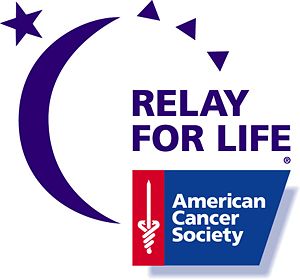Today’s post was shared by US Dept. of Labor and comes from social.dol.gov
|
On Wednesday, President Obama and Vice President Joe Biden visited Pennsylvania to announce new actions to enhance job-driven training across America. A key focus of the president’s remarks was how apprenticeships are one of the clearest paths to good, high-paying jobs. As he mentioned, 9 out of 10 apprentices get hired for full-time jobs after completing their program, and the average starting wage for apprenticeship graduates is more than $50,000. Expanding apprenticeship opportunities will give more Americans a chance to secure a foothold in the middle class. Several new efforts will help double the number of apprenticeships over the next five years, a goal the president laid out in his State of the Union address. For the first time, the Labor Department is making $100 million available help more workers participate in apprenticeships. The grant competition will launch this fall and will be funded by fees employers pay through the H-1B visa program to hire temporary high-skilled foreign workers. Using these existing funds, the new American Apprenticeship Grants competition will focus on partnerships between employers, labor organizations, training providers, community colleges, local and state governments, the workforce system, nonprofits and faith-based organizations. These partnerships will help expand tried-and-true apprenticeship models to newer, high-growth fields like information technology, health care and advanced manufacturing; making sure… |
[Click here to see the rest of this post]
Prior results do not guarantee outcomes.
Attorney Advertising.











